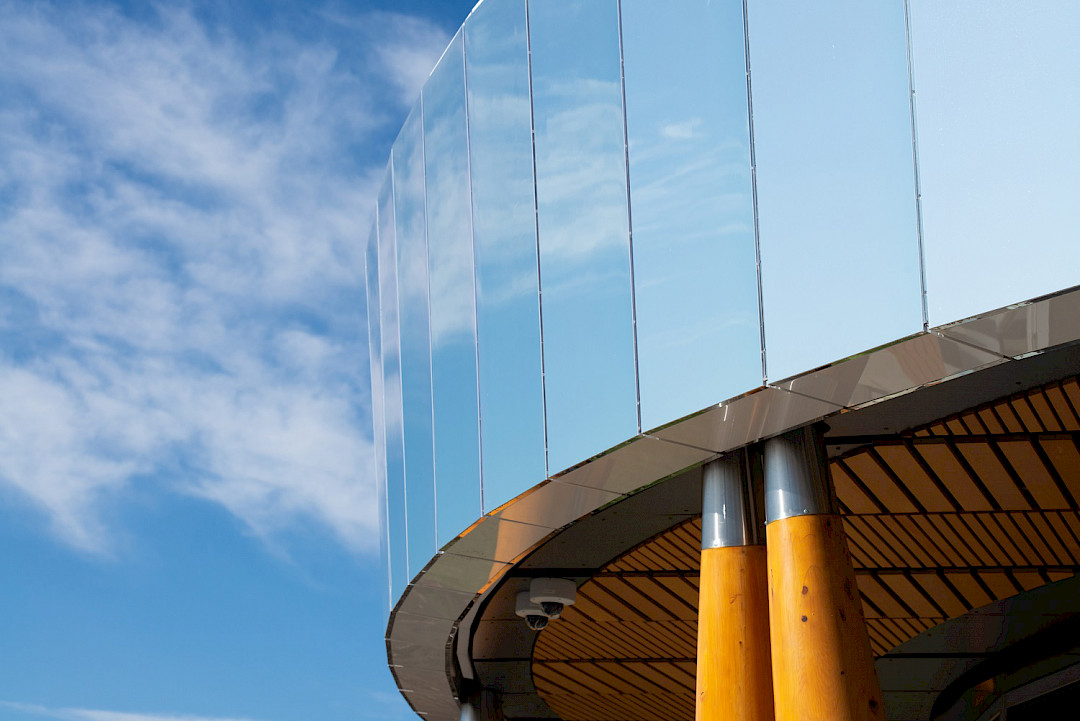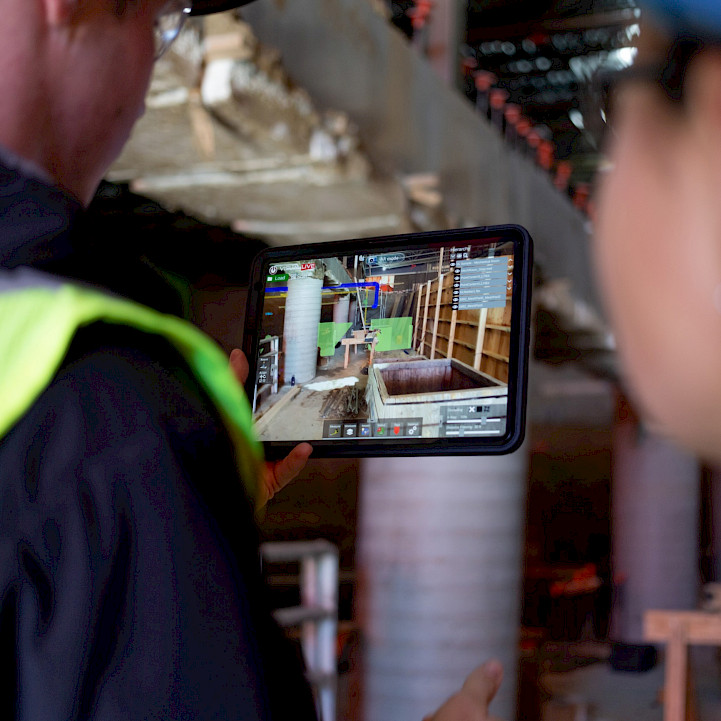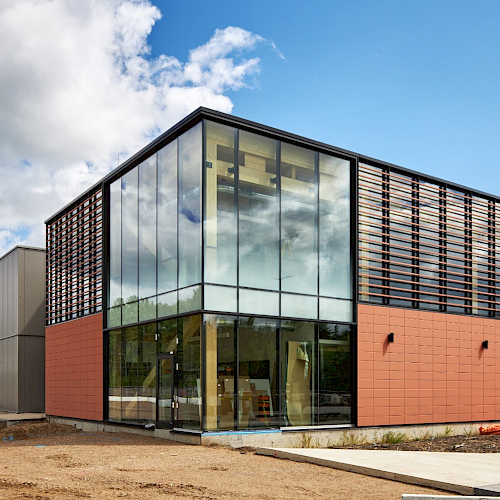Our Planet. Our Responsibility.
To kick start our ambitious plan, we've purchased UN-certified carbon credits to offset the emissions generated by our 2020 operations. But there is more to do.

Our team is ready to assist, simply fill out the form below and we'll be in touch.

We looked at the footprint our company is leaving on the planet. And have committed to being net zero by 2040.
To kick start our ambitious plan, we've purchased UN-certified carbon credits to offset the emissions generated by our 2020 operations. But there is more to do.
 GHG emissions
GHG emissions
We estimate that across our operations and project portfolio we are responsible for more than 300,000 tonnes of embodied carbon each year. Once we have a baseline we will set an intensity reduction target to meet our goal.
 Waste diversion
Waste diversion
For the past two years, we have diverted 76 per cent of waste across all active sites. We've done this by recycling as many wood, concrete, paper, plastic, metal, and drywall remnants as possible. Our goal is to divert 80 per cent of waste on all sites in 2023.
 Carbon offsets
Carbon offsets
This year, we purchased carbon offsets for 5,700 tonnes of emissions from our 2020 operations. Our offsets are issued by the United Nations as Certified Reduction Emissions (CER) units and will help fund global sustainable development projects.
Our 2023 carbon reduction action plan includes shifting from diesel to electric equipment and vehicles, enhancing our use of virtual design and construction, improving our waste diversion, partnering with clients to reduce operational emissions, and working with suppliers to reduce embodied carbon.
Our equipment and fleet will transition to be low-carbon and electric powered. We will continue to transition the power used on our job sites across the country to clean energy and continue to maximize waste diversion opportunities. We're evaluating all processes from a climate change lens, making incremental improvements like digitizing our accounting.
According to the latest United Nations data, 28 per cent of harmful GHG emissions comes from building operations. Our construction teams will work with our clients to minimize the footprint of their buildings after occupancy. Project kickoffs will include a workshop to set carbon reduction goals, implement tools, and establish a thorough plan.
Embodied carbon in buildings is expected to become half of GHG emissions by 2050. This means changes must occur across the entire construction supply chain. Chandos will embed carbon emission criteria into our buying decisions. We will work with trade partners and suppliers to share best practices and reduce embodied carbon in processes and materials.
 Renewable Energy
Renewable Energy
We're planning to use solar power on our jobsites. A pilot is currently underway in Drayton Valley, AB where panels will supply power for the last nine months of construction. We also used solar power in our build of the Blatchford District Energy System.
 Virtual Design and Construction
Virtual Design and Construction
Our VDC team has been instrumental in helping us reduce carbon emissions. Through the use of BIM technology, we've eliminated close to 5,300 kg of carbon emissions from the atmosphere on three different projects.
 Forest B
Forest B
Along with planting 6,900 trees next year, we've also partnered with other B Corps to create our own old growth forest of the future - Forest B. Spread across 25 hectares, the project will restore fallow agricultural land with the planting of 57,000 trees of varied species.
Achieving net-zero emissions will not be possible without long-term partnerships and commitments. We have to be in alignment with our supply chain. And are calling on leadership from contractors, owners, designers, trades, and material suppliers to join us in building a better world.
 The First Nations Technical Institute
The First Nations Technical Institute
This integrated project delivery (IPD) build will be located on a reclaimed site at the Tyendinaga Mohawk Airfield. The building will be a state-of-the-art, net zero facility. And, the first of its kind in Canada.
 Canadian Nuclear Laboratories New Builds
Canadian Nuclear Laboratories New Builds
Another project using IPD and will be the largest active facility in Canada dedicated to nuclear energy and environmental research. This project will be essential in the delivery of nuclear science and technology programs.
 College of the Rockies
College of the Rockies
This student housing project is the first multi-dwelling complex in Canada built to achieve Passive House Certification. Considered one of the most rigorous, voluntary design standards in today's building industry.
 Bayview Elementary
Bayview Elementary
This two-storey replacement school was built to LEED Gold standards (considered a LEED shadow project). Our team also ensured that all the mature tress surrounding the site were protected during construction.